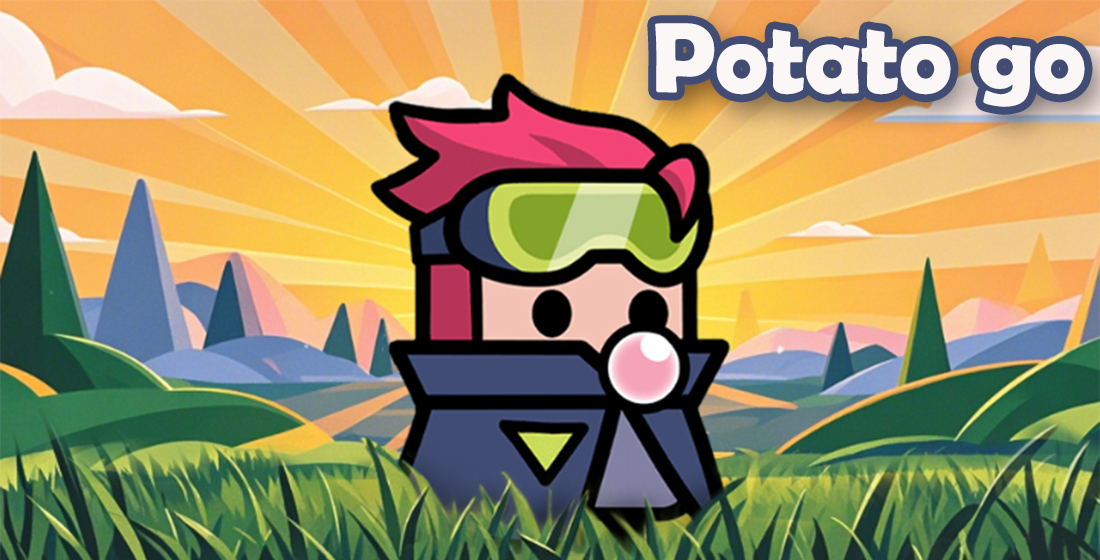Unlocking Learning: How Multiplayer Educational Games Transform Education for All Ages
In recent years, the landscape of education has undergone a significant transformation, thanks in large part to technology. Among the most exciting advancements are multiplayer educational games. These interactive platforms are not only engaging but also have been shown to enhance learning outcomes across various age groups. This article explores how these games are reshaping education, bridging the gap between traditional learning methods and modern educational needs.
The Evolution of Educational Games
Educational games have been around for decades, evolving from simple flashcards to complex digital platforms. Initially designed as supplementary tools, they now play a pivotal role in many educational settings. Multiplayer games, in particular, have gained popularity for their ability to foster collaboration among players while learning. These games promote teamwork, critical thinking, and problem-solving skills. Let’s take a look at how these elements intertwine with the educational process.
| Game Type | Target Age Group | Learning Benefits |
|---|---|---|
| Strategic Multiplayer Games | Teens and Adults | Critical thinking, decision-making |
| Collaborative Puzzle Games | Children | Coordination, communication |
| Interactive Story-Based Games | All ages | Creativity, language development |
Benefits of Multiplayer Educational Games
Multiplayer educational games are not just about fun; they serve vital purposes in educational settings. Here are some key benefits:
- Enhanced Engagement: The competitive nature keeps players motivated and actively participating.
- Social Interaction: Players learn to communicate and collaborate with others, essential skills for the real world.
- Diverse Learning Styles: Different games cater to various preferences, ensuring all students can find something that resonates with them.
Bridging Generations: Educational Games for All Ages
One of the most remarkable aspects of multiplayer educational games is their ability to engage learners of all ages. Whether it's an elementary student solving math puzzles or adults participating in strategic simulations, the games break down barriers. This fluidity promotes lifelong learning and gives learners the tools they need to thrive regardless of their developmental stage.
The Role of Technology in Game Development
As game design technology continues to advance, the complexity and interactivity of educational games also rise. Developers are incorporating elements such as AI-driven feedback, immersive environments, and detailed analytics to enhance the learning experience. For example, platforms like Puzzles Kingdom utilize these features to create a more personalized learning journey.
The Future of Learning: A Nintendo Perspective
With systems like the Nintendo Wii revolutionizing gaming with motion sensors, educational games have also transitioned to new dimensions. Wii RPG games offer creative ways for players to engage in physical activity while cognitively challenging themselves. This combination of physical and mental engagement can lead to a more holistic educational experience. One can only wonder what the future holds as technology continues to shape how we learn and grow.
Conclusion
The integration of multiplayer educational games in learning environments marks a pivotal change in educational practices. They do more than just make learning fun; they offer tools for collaboration, critical thinking, and lifelong learning. As both technology and pedagogy continue to evolve, these games will undoubtedly play a crucial role in developing the next generation of learners. In embracing this innovative approach, we can truly unlock the full potential of education for all ages.


